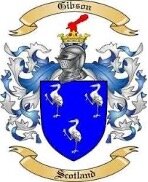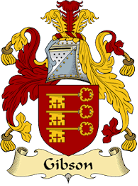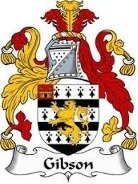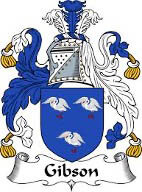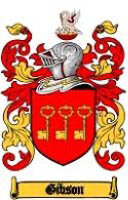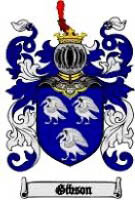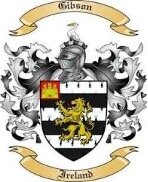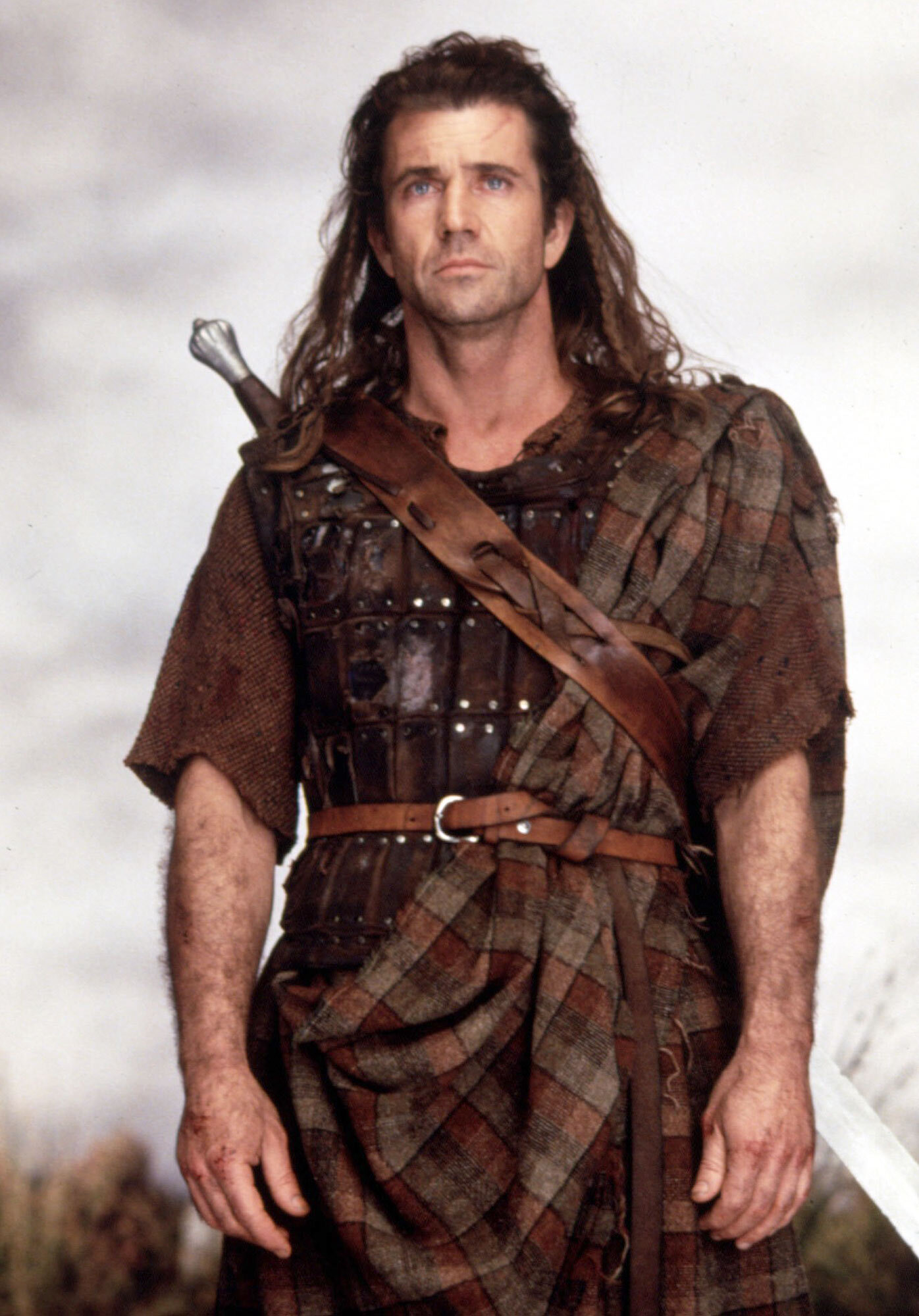Gibson
Gibson can be a sept of Clan Campbell, Clan Buchanan or Clan MacMillan.
The Gibson name has a range of variants, and over the years, these names have evolved, but primarily the origins are from the son of Gibb, which is a derivative of Gilbert. The early history of those bearing the Gibson name or its variants, settled in the western regions of Scotland. Along with clans, such as Hammond, Watson, Weir, and Yuill, the Gibsons are recognised as a sept of Clan Buchanan.
It is believed that the surname Gibson is associated with three areas of the UK around the 5th century:
the Dalriadan Clans of Northern Ireland (A, below)
the Inner Hebrides (B, below)
the Argyll in Scotland (C, below).
Around the 5th century the ruling family of Irish Dalriada crossed into Scottish Dalriada and made Dunadd and Dunolly its chief strongholds. After the Viking invasions early in the 9th century the Irish Dalriada lost political identity. Heavy onslaughts from the Picts (of eastern and northern Scotland) fought with the Dalriada of the Scottish mainland. In the mid-9th century King Kenneth I, MacAlpin, brought the Picts and Scoti permanently together, and thereafter the whole country was known as Scotland.
Argyll had received extensive immigration from Northern Ireland’s Irish people, (known as Scoti until the 12th century) and therefore this area had become an Irish (i.e., “Scottish”) area.
No Gibson crest has been registered with Lord Lyon offical registry; so this crest is either English; Familial; or faux merchandise…
Pandite coelestes portae =
Open the gate of heaven;
Gibson Tartan according to Clan.com
The Gibson tartan is relatively new with its design and registration with the Scottish Tartans register. It was registered in 1994 to support the many Gibson descendants who requested a tartan of their own and is based on the Buchanan Tartan design. The Buchanan Clan has 20 various tartan designs that are registered and in use, whereas the Gibson family only has one.
And then, following the Act of Proscription, many Scots, including Gibson, fled to Ireland (and other parts), such that sites such as Irish Surnames suggests that “The Irish Gibsons are from Scotland and were a branch of the Clan Buchanan. In modern times, the name is numerous in Ulster province.”
Shane Watson has also written an excellent exposé of the Gibsons in out October 2023 Buchanan Banner – available for free to any of CBSI Wardens at the Buchanan Banner Index page…
Heatmap of surname Gibson, created from the United Kingdom 1881 census and the Griffith Valuation for 1853-1865. By Scaled Innovation. Click to enlarge.
Gibson Notoriety
From very early times, the family was seated in Galloway in southwestern Scotland (D, above), which is part of the council area of Dumfries and Galloway.
The highland surname of Gibson has emerged as one of the most notable families of Scotland. Descended from the Chieftain Gilbert, potentially the Lord of Galloway, the Gibsons settled at Lennox, just south of Perth on the Mid- Eastern region of Scotland (F, above). They were regarded as a formidable force at that time.
Later, a branch of the family became established in the sea port of Levin in Fifeshire, which is located South east of Lennox (also F, above). This place was erected into a burgh of barony by charter of the proprietor of the lands of Durie, now belonging to the Christies, but once was in the procession of the Gibson Family, whose descendants, the Lords Durie, are distinguished in family history.
The first recorded mention of an individual Gibson as having some notoriety, was in 1335 when the castle of Rothesay, on the Isle of Bute, was surrendered by a Johun Gibson, to aid Robert the Bruce during the campaign to evict the English garrisons stationed throughout Scotland by England’s Edward I. Some years later a Thomas Gibbeson, was charged with breaking parole in 1358 and a John Gybbessone was listed as a servant to William Douglas when William was held hostage by Henry the VI in 1425. William Douglas, 2nd Earl of Angus was a Scottish nobleman and soldier. The son of George Douglas, 1st Earl of Angus and Princess Mary of Scotland, he was a grandson of King Robert III. In 1420, The earl of Angus was nominated as one of twenty-one noblemen to be delivered as hostages to the English court as security for the ransom of King James I.
Gibson Coat of Arms
Some of the 20 or so Gibson Coat of Arms we have found online are illustrated below. The Gibson Family, like many other families that have Scottish and Irish heritage, have sought recognition and received various coat of arms for their ancestral line. Being a Gibson, does not allow claim to bear a particular coat of arms, unless proven to be of direct descendancy from the original bearer. There are therefore, numerous coats of arms for the various branches of the Gibson family.
Notable Gibsons:
Orville Gibson
Gibson guitars. EST. 1894. Working at his woodshop in Kalamazoo, Michigan, Orville Gibson produces the earliest documented Gibson instrument.
Mel Gibson AO is an American actor, film director, producer, and screenwriter. Born in Peekskill, New York, Gibson moved with his parents to Sydney, Australia, when he was 12 years old.
Compiled by Paul Gibson of NSW, Australia






